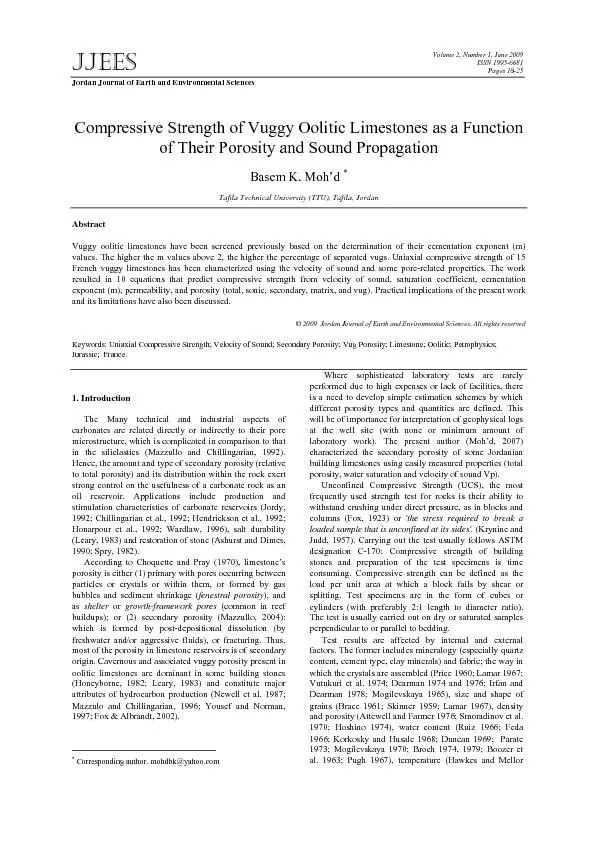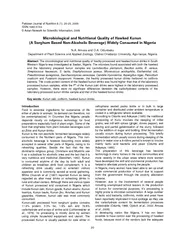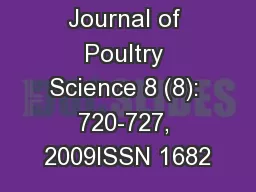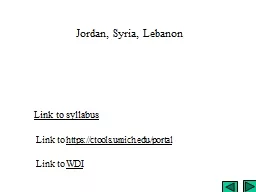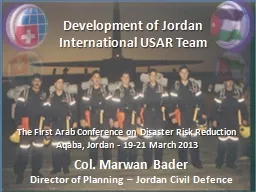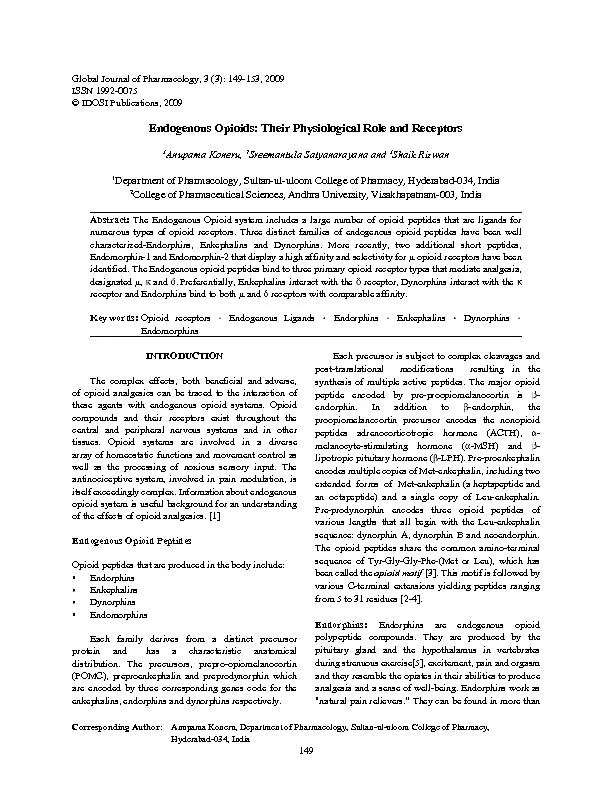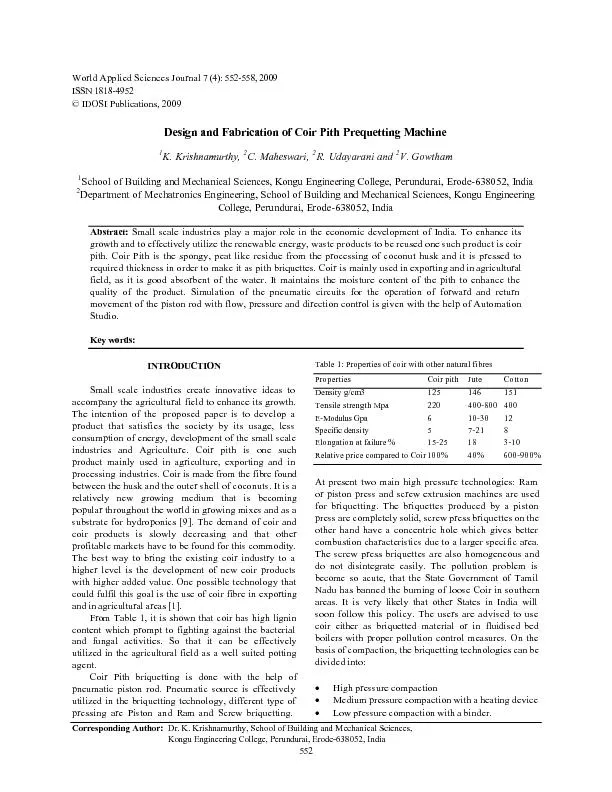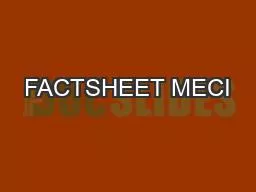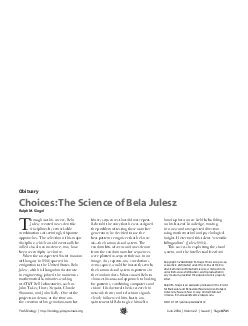PDF-Volume 2, Number 1, June 2009ISSN 1995-6681Pages 18-25 Jordan Journal
Author : jane-oiler | Published Date : 2016-07-03
Basem K Moh146d Tafila Technical University TTU Tafila Jordan Abstract Vuggy oolitic limestones have been scr The Many technical and industrial aspects of carbonates
Presentation Embed Code
Download Presentation
Download Presentation The PPT/PDF document "Volume 2, Number 1, June 2009ISSN 1995-6..." is the property of its rightful owner. Permission is granted to download and print the materials on this website for personal, non-commercial use only, and to display it on your personal computer provided you do not modify the materials and that you retain all copyright notices contained in the materials. By downloading content from our website, you accept the terms of this agreement.
Volume 2, Number 1, June 2009ISSN 1995-6681Pages 18-25 Jordan Journal: Transcript
Download Rules Of Document
"Volume 2, Number 1, June 2009ISSN 1995-6681Pages 18-25 Jordan Journal"The content belongs to its owner. You may download and print it for personal use, without modification, and keep all copyright notices. By downloading, you agree to these terms.
Related Documents

